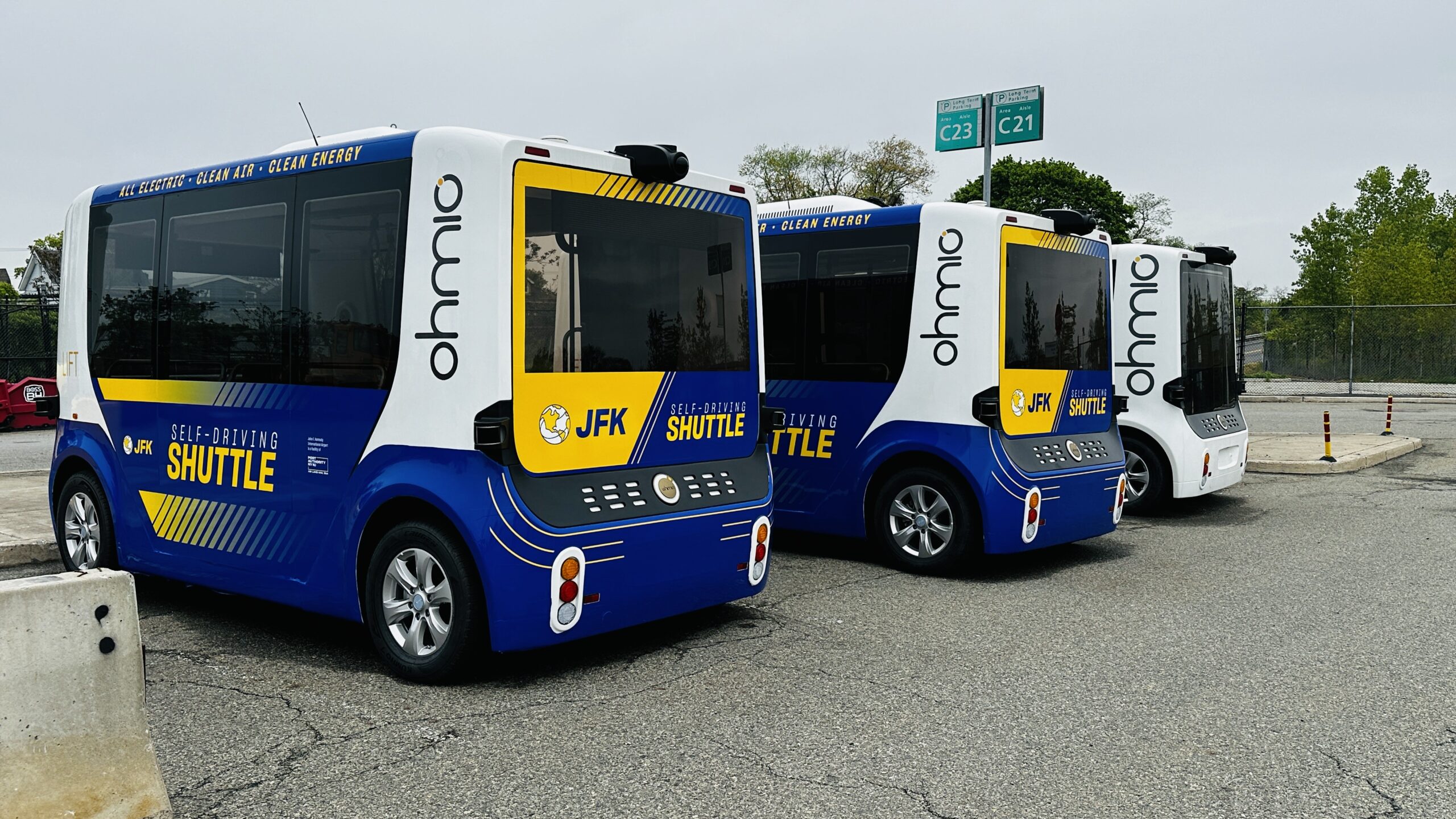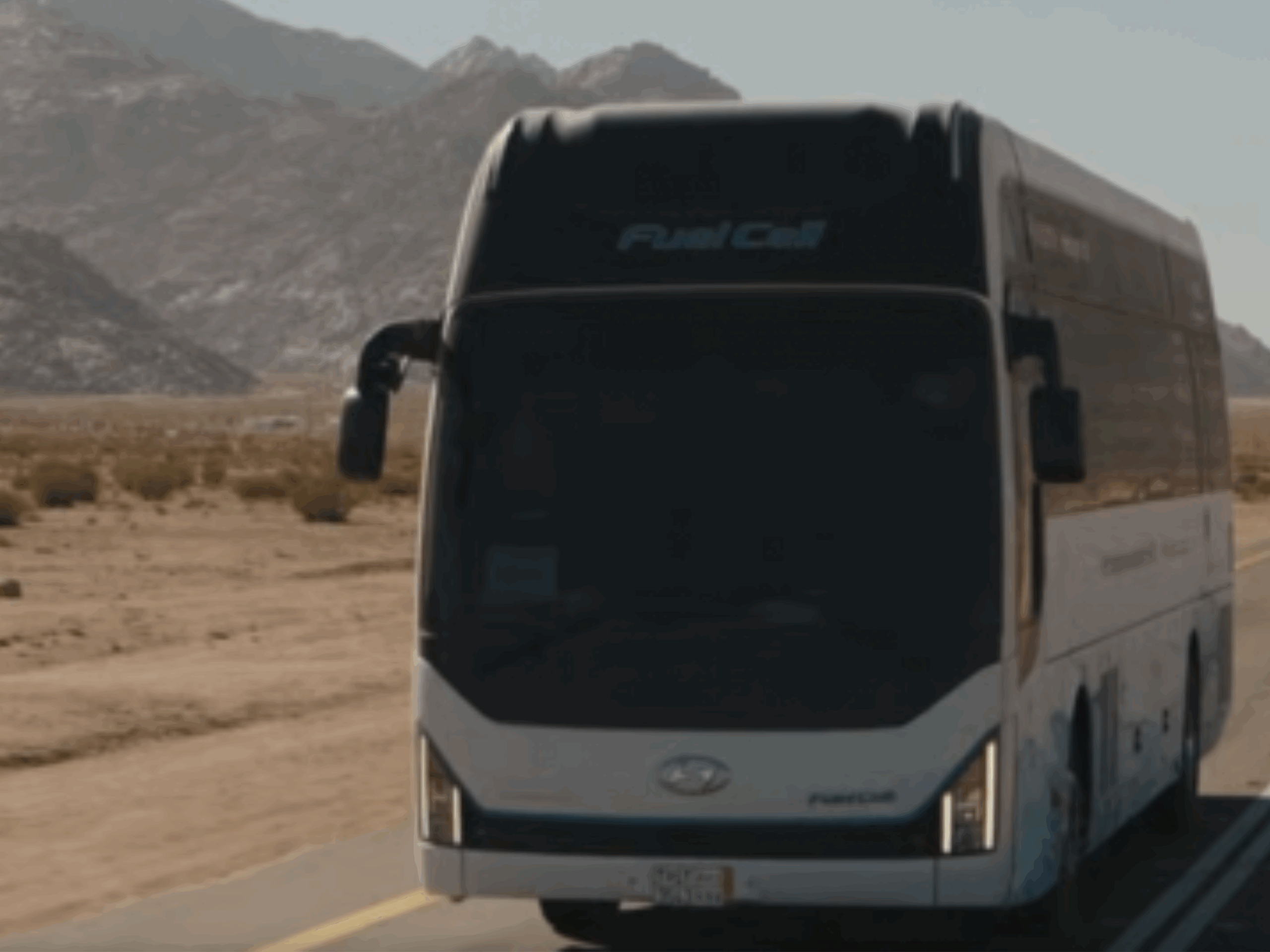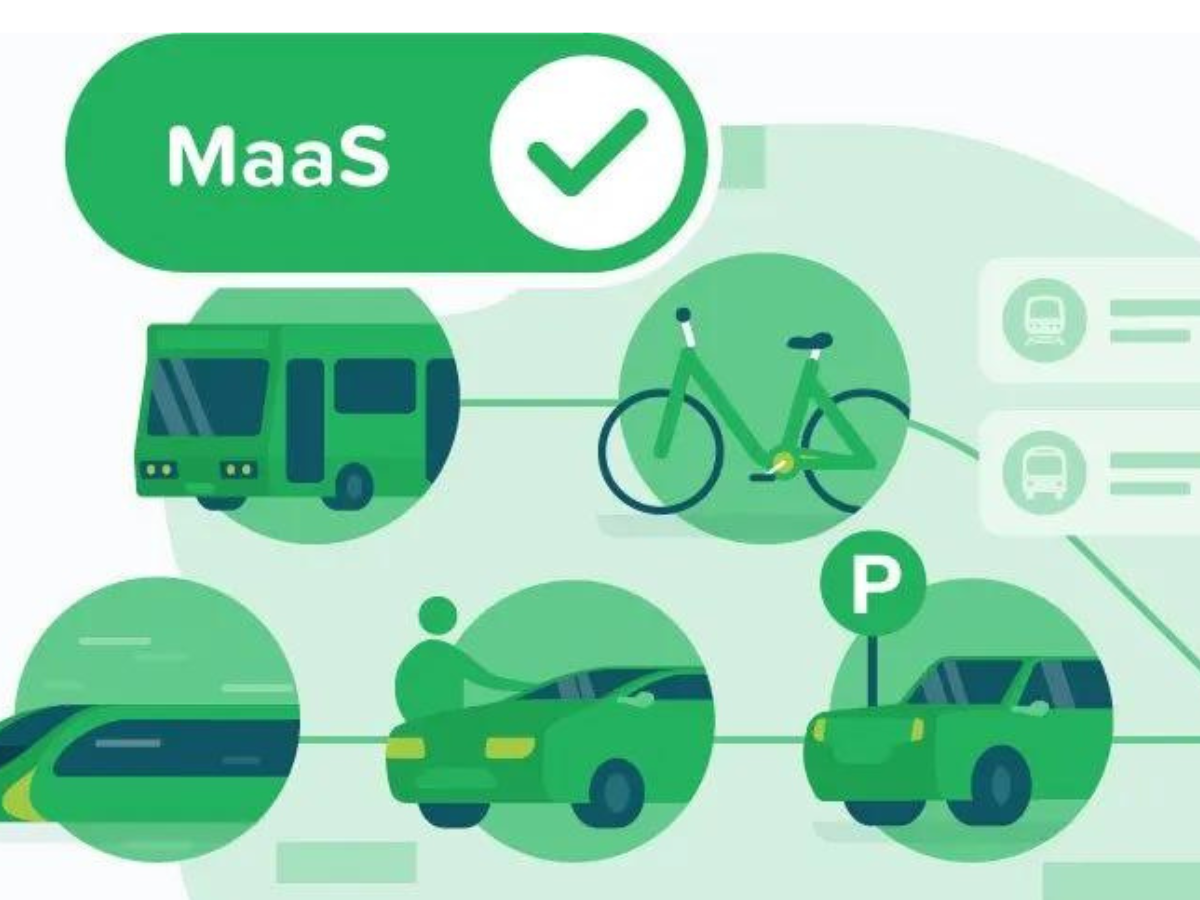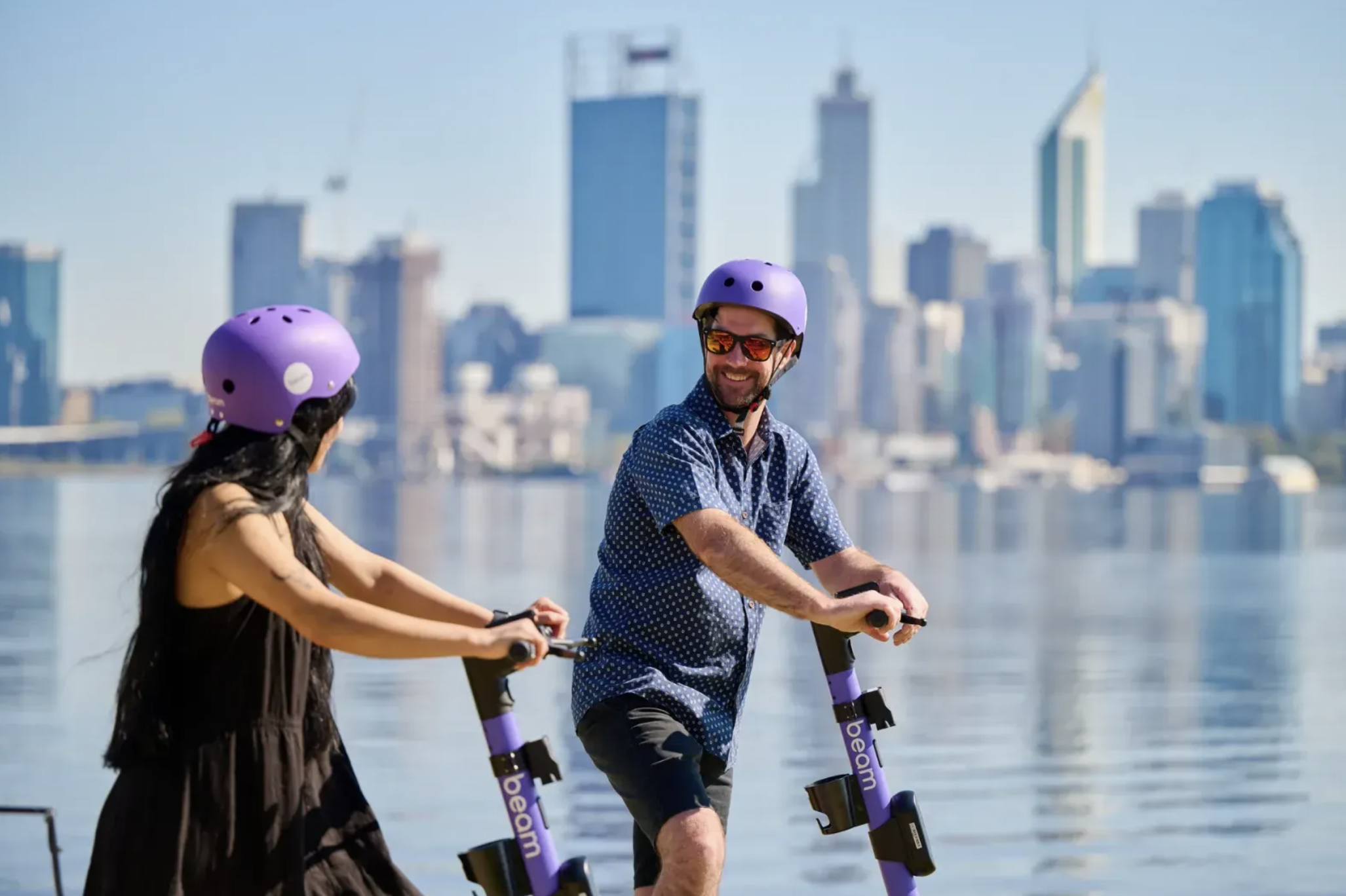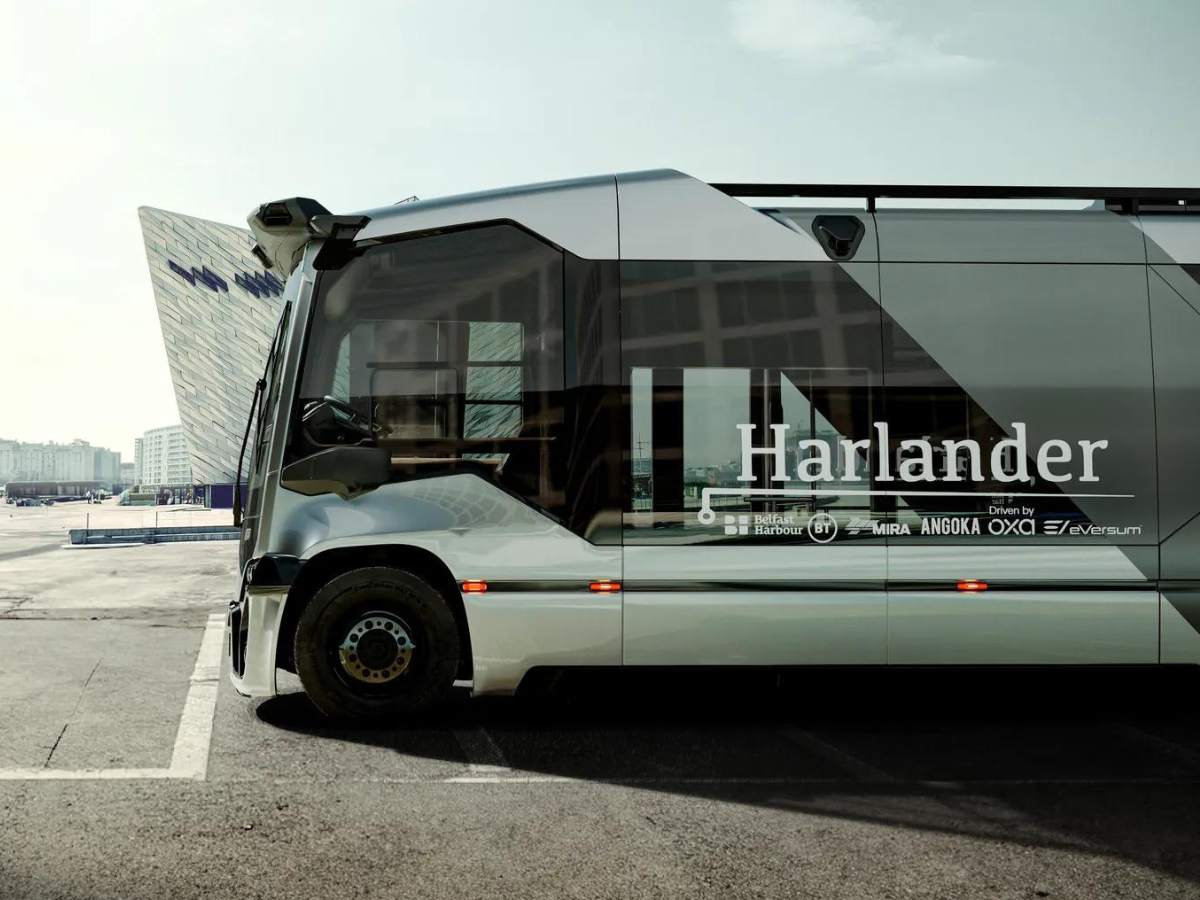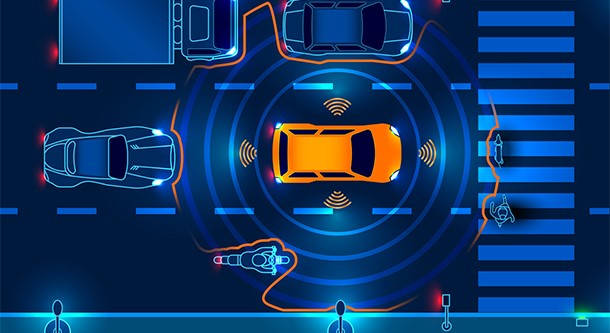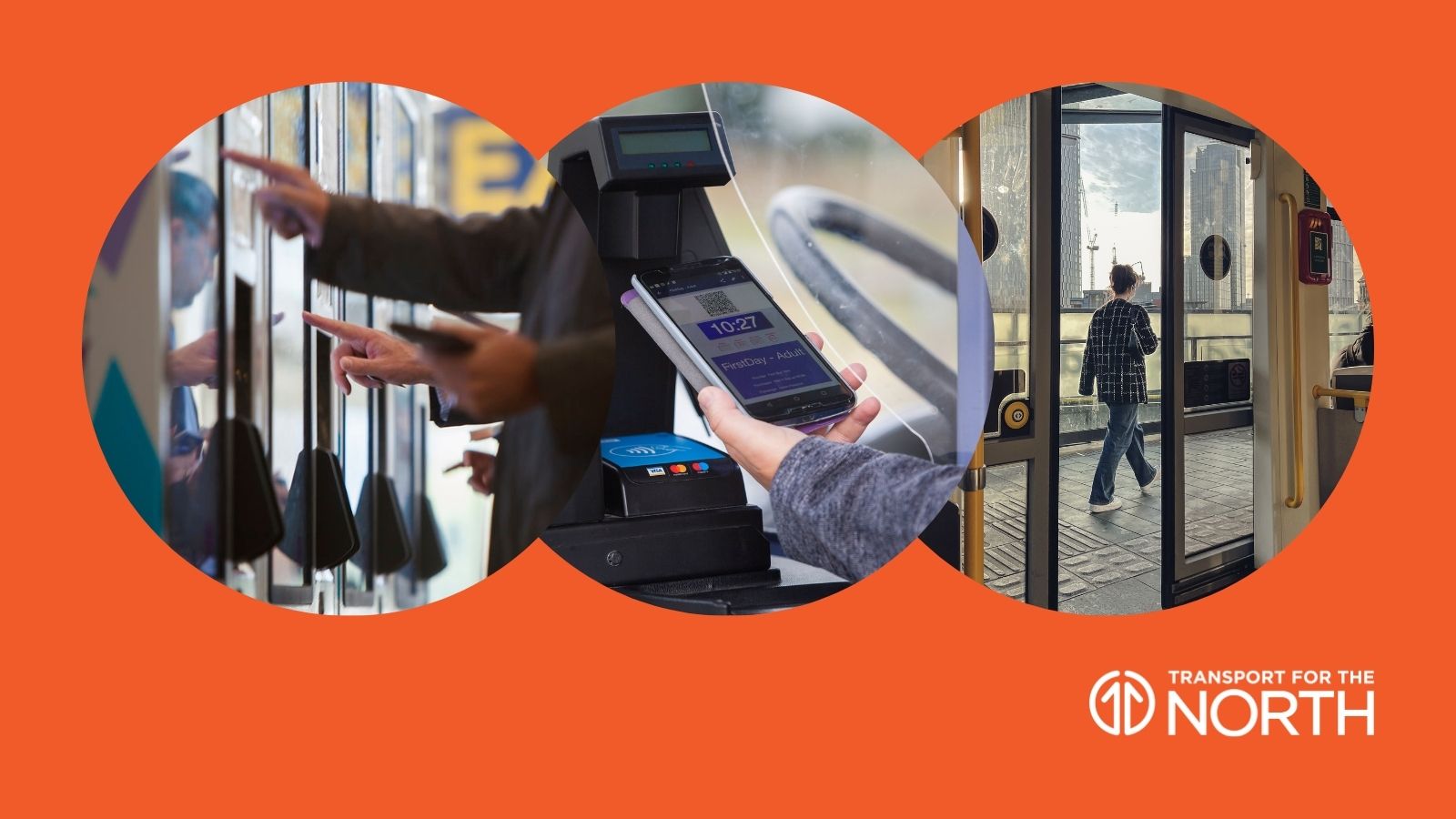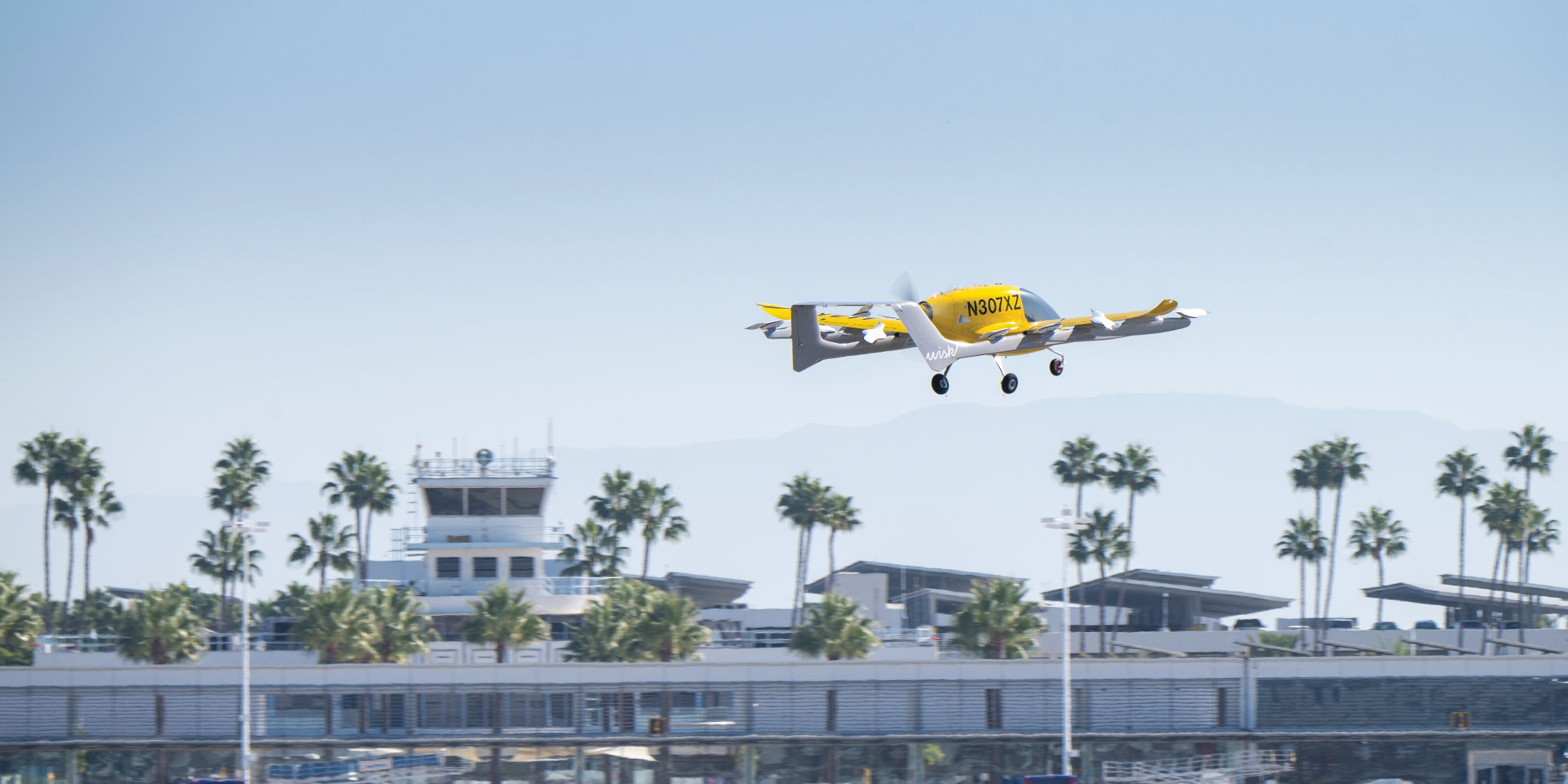Australia’s first ‘Trackless Tram’ has commenced trial operations in Stirling, Western Australia.
The 30-metre vehicle arrived in Stirling in September and is now undergoing a range of tests that will provide insight into how the vehicle operates, the impacts it will have on the road surface, and what the ride quality is like for passengers.

A community event also took place on 26 November that enabled local residents to take part in the trial.
Mayor Mark Irwin said:It is really important for us to understand what our community think about the Trackless Tram as part of this trial. They will be the future users of this public transport system and we want to know whether this is going to encourage them to make the switch out of their cars and onto the tram to get from the City to the beach.
These trials have been funded by the Commonwealth Government and will continue until the end of November.
The trial route connects Glendalough Train Station to the Scarborough Beach precinct wit the view of enhancing public transport in the city and aiding urban regeneration.
Mayor Mark Irwin added:A permanent tram route in the City of Stirling would enable us to achieve a range of positive economic, business, transport and sustainability outcomes – reducing congestion and improving access to employment and tourist destinations.
During peak hours the current road network in the Stirling City Centre, including parts of Scarborough Beach Road, is at capacity, and congestion and parking around the Scarborough precinct is a challenge. The tram offers a real possibility of getting people to leave their cars at home and use public transport, reducing emissions and making it easier for people to get around.
The City of Stirling is delivering this project in partnership with Curtin University, CRRC, Shanghai Electric and Infrastructure Technology Solutions.
The ‘Trackless Tram,’ also known as ‘autonomous rail rapid transit’ (ART), is a hybrid technology of a bus and light rail developed by CRRC.
The electric vehicles run on rubber tyres instead of steel tracks but are guided by a digital rail with sensors and magnetic nails built into the road surface.
They travel at speeds of up to 70 kilometres per hour in dedicated lanes and can carry up to 150 passengers.



